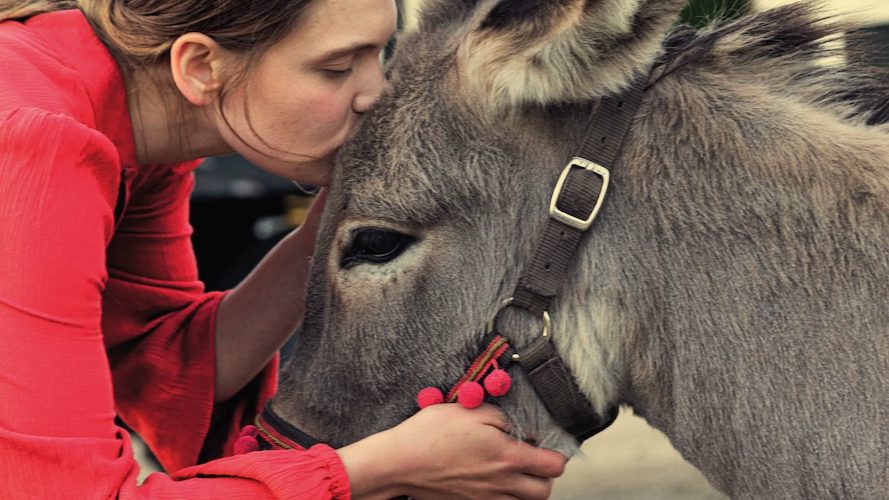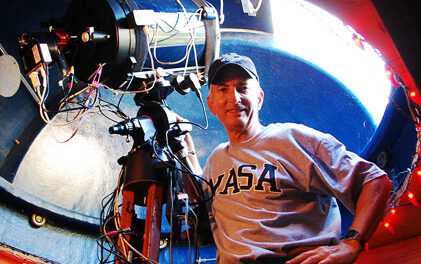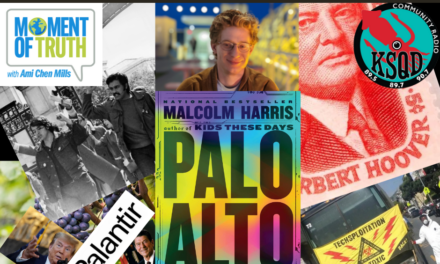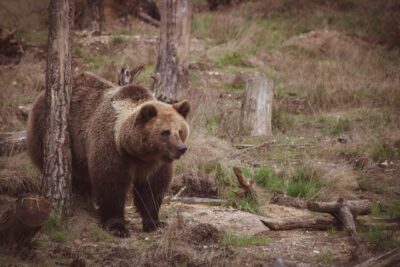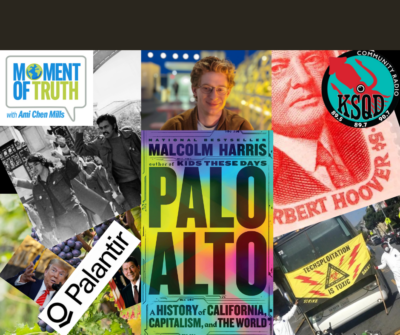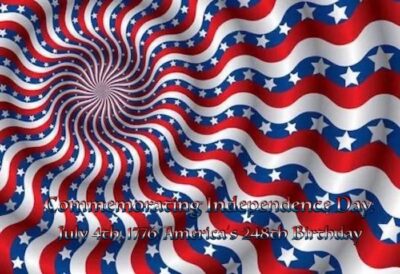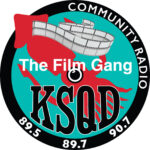
Suspenseful. Funny. Meditative. Disturbing. Mysterious: five adjectives that describe EO, the latest movie from the renowned Polish filmmaker, Jerzy Skolimowski. And yet, it’s challenging to explain how watching EO, which follows a donkey on a journey guided by the hand of man and fate, creates an experience greater than the sum of its parts. Skolimowski is quoted on IMDb as having said, “As a poet, my mind is trained along the path of poetic associations. I’m not afraid to wander away from direct narrative.” That quote provides the key to appreciating the stream of consciousness quality of Skolimowski’s work. Like a poem, both EO the movie and EO the donkey have their own ineffable language. The loose structure of the former depicts the randomness of life by showing EO’s trials and tribulations juxtaposed against human drama, while the latter sometimes sounds like he’s braying out his own name in defiance – “eeee-OOOOOH!”
The film begins with a strobing red light exposing what appears to be a young woman caressing a dying donkey. She whimpers his name, “EO,” before performing mouth-to-mouth resuscitation on the poor creature. Suddenly, the donkey springs to his feet, bright lights switch on, and an applauding audience is revealed as an announcer exclaims, “That was the amazing Kasandra!” It was all an act, a circus act, in fact. After the show, Kasandra’s affection for EO is made clear as she lovingly dotes on the handsome gray animal. A short time later, a man in a suit serves the circus owner with bankruptcy papers and repossesses all of his animals, thus marking the start of EO’s odyssey as he’s loaded on a truck while a tearful Kasandra looks on.
Throughout EO’s journey, Skolimowski purposefully incorporates the same shade of red light that opens the film. The source might be the glowing taillight of a motorcycle, or the interior light of a truck. Whenever it happens, it signifies a new chapter of EO’s life is about to begin. Sometimes it’s dreamlike, as when the camera glides over mountains and along a forest creek completely bathed in red, creating an otherworldly effect reminiscent of the light show at the end of 2001: A Space Odyssey. It could very well be that EO is experiencing a psychedelic trip. Were there mushrooms mixed in the grass we saw him grazing on just moments before? Again, Skolimowski’s filmmaking aesthetic is unbound by logical cause and effect, but his creativity and visual artistry command our attention.
Skolimowski, whose filmmaking career spans over sixty years, freely admits that EO was inspired by the one and only film that ever made him cry, Robert Bresson’s Au hazard Balthazar, which also features a donkey at the mercy of humans. Just as Bresson did in his 1966 masterpiece, Skolimowski periodically breaks away from EO in order to focus on sidebar stories. Some involve other animals. Strangely enough, one follows a robotic dog. Others center on people, including a vignette featuring a somewhat distracting cameo by French superstar Isabelle Huppert. Along the way, EO bears witness to all forms of cruelty, animal and human alike. But there are also moments of grace and contentment, such as when one of his benevolent keepers uses him to brighten the day of children suffering from Down syndrome. But long before EO’s story draws to a close, it becomes apparent that by using a donkey as his protagonist, Skolimowski is actually providing a commentary on humankind.
For KSQD’s Film Gang, this is Paul Kanieski.
Would you like to join The Film Gang and write & record movie reviews to air on KSQD? If so, please contact the Program Director, Howard Feldstein: programs@ksqd.org

